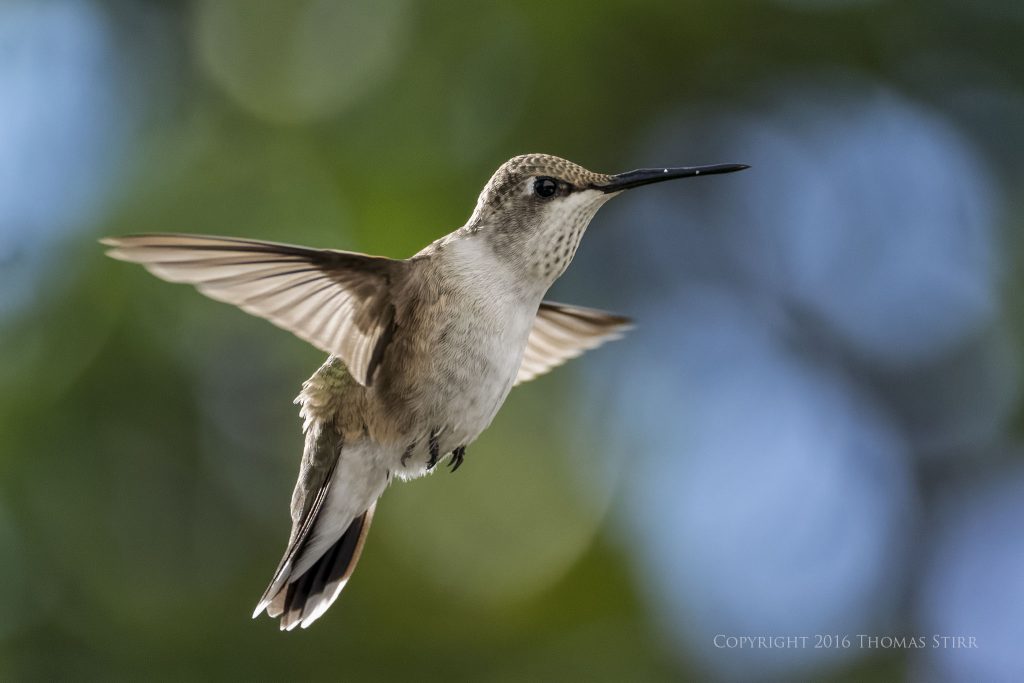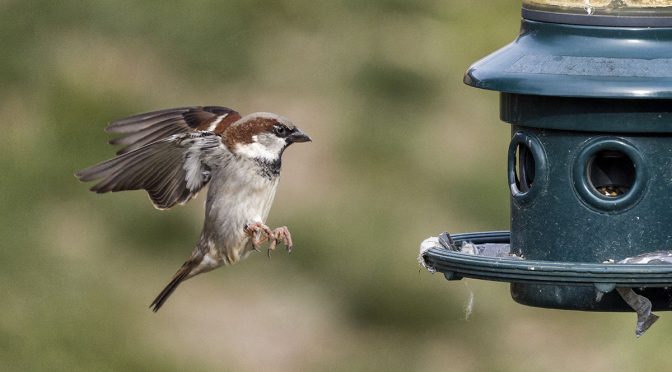Physical and mental practice are both critical to maintain during these unusual times, and there are things we can do to stay sharp with our photographic craft. No doubt it can be challenging, frustrating and demotivating to be limited to our immediate surroundings. Allowing ourselves to be overcome by these negative emotions is counterproductive.
Over the past number of years I’ve observed many very competent photographers miss images they’ve been anxiously waiting to capture. Ospreys fishing. Terns doing mid-air shakes. Hummingbirds coming in to feed at blossoms. And, all kinds of other photographic opportunities.
It wasn’t because they didn’t understand how to use their camera gear. Far from it. They just weren’t mentally prepared for the ‘moment of truth’ when it arrived. Building and maintaining our physical abilities as well as a state of mental calmness are key components for photographic success.
NOTE: Click on images to enlarge.

Mental practice is just as important as the physical… perhaps even more so. To make the most of our ‘moments of truth’ we need to be mentally sharp… but also be in a state of detached emotional calmness. We make mistakes when we are unable to remain calm. The importance of mental practice cannot be overstated.

When we look at the first 7 photographs in this article it is obvious that they are very common images of a sparrow coming in to land on a bird feeder. Physical reality doesn’t have to match up with what we experience mentally. In our minds we can choose to experience whatever we want to experience.

Rather than see a sparrow coming in to land at a feeder, my mind can imagine a swallow flying back to its nest. Or a kingfisher landing on its favourite perch. My mental experience can be whatever I choose it to be. The power of mental practice and rehearsal are at the core of sports psychology. World class athletes practice their craft in their minds, just as much as they do physically.

One of my favourite things to watch during Summer Olympics are the high jumpers. They take one glance at the high jump bar off in the distance… then they focus at the track immediately in front of them. Their gaze then follows their mentally practised path… step by step… all the way to their precise launch point. They know if they hit every step perfectly as well as their launch point… the jump will take care of itself. We can apply this same mental rehearsal to our photography, and to other facets of our lives.

Practising photographic scenarios in our minds enables us to be prepared for a specific reality when it occurs. When we practise something in our minds, with positive emotions attached to it, our brains cannot tell that imagined event apart from reality. Let me share some personal experience with you about the impact of mental practice.

From a young age I had a serious speech impediment. Most times I could hardly say a few words back-to-back without stuttering. This condition followed me all the way through grade school and high school. As you can imagine I was subjected to continual ridicule by many classmates. Then came my ‘moment of truth’. It occurred in my late teens, at the first company where I worked.

I can still remember my turning point, just like it was yesterday. After a number of weeks on the job, I had been promoted from the warehouse into an office job in the customer service department. It was just before 8 AM and I was sitting at my desk and staring at the black dialer telephone in front of me (yeah… I’m that old). I was terrified.

Terrified because I couldn’t even say the name of the company that I worked for without stuttering. It was at that instant that I finally accepted that my stuttering was my responsibility. I alone had to deal with it. Luckily I stumbled onto the concept of mental rehearsal. Learning the techniques and applying them helped me reach more of my potential, and to change my life.

Over the years my corporate career grew through a number of different roles in different organizations. I ended up having to make corporate presentations in front of hundreds of people at various meetings, some of them international in nature. Eventually that expanded into paid speaking engagements after I left corporate life.

The biggest audience I ever faced was speaking to several thousand people at a national convention. Not having any previous experience presenting before a group of that size I went to the convention centre the night before my presentation. I was able to talk my way into the presentation hall where I would be speaking the next day.

I visualized all of those thousands of chairs full of people. I saw myself interacting with individual members of the audience. I walked the room as if the audience was in attendance. I went through practising the act of changing my visuals even though the equipment was not there. Then I went back to my hotel room, and practised it all over again numerous times in my mind.

The next morning I had to do my presentation. It came off without a hitch. I had done it dozens of times in my mind… so all I had to do was just do it again… this time in front of a live audience. The mental preparation and visualizations I had done completely removed any potential stress.

I loved the experience so much that if the speaker who was to follow me on the program didn’t show up, I would have eagerly volunteered to do another 90-minute presentation on a topic that I could ad-lib. Mental practice and visualization are powerful because they work.

If you find yourself limited to your local area, you can experience photographing those common birds in your backyard or local park as anything you want in your mind. Those sparrows can become butterflies, hummingbirds, or swallows. Common gulls and geese can transform into ospreys, herons or eagles… or anything else you can imagine.

If you have already seen yourself successfully photograph a kingfisher landing on its favourite branch numerous times in your mind, when that opportunity presents itself in real life, you will be able to capture it calmly without stress. Hone your physical skills and use mental practice to get ready for those days to come when all of this will be behind us.
Technical Note
Photographs were captured hand-held using camera gear and technology as noted in the EXIF data. Images were produced from RAW files using my standard process.

How you can help keep this site advertising free
My intent is to keep this photography blog advertising free. If you enjoyed this article and/or my website and would like to support my work, you can purchase an eBook, or make a modest $10 donation through PayPal. Both are most appreciated. You can use the Donate button below. Larger donations can be made to tom@tomstirr.com through PayPal.
Word of mouth is the best form of endorsement. If you like our website please let your friends and associates know about our work. Linking to this site or to specific articles is allowed with proper acknowledgement. Reproducing articles, or any of the images contained in them, on another website or in any social media posting is a Copyright infringement.
Article is Copyright 2021 Thomas Stirr. Images are Copyright 2016-2021 Thomas Stirr. All rights reserved. No use, duplication or adaptation of any kind is allowed without written consent. If you see this article reproduced anywhere else it is an unauthorized and illegal use. Posting comments on offending websites and calling out individuals who steal intellectual property is always appreciated!


Tom – As an amateur pistol shooter I am very familiar with mental prep and visualization training methods but I had never considered applying those techniques formally to photography. Excellent idea!
Joe
Thanks for adding your experiences to the discussion Joe!
Tom
Tom–Very interesting and psychologically sound. Your experience follows principles that academic learning theorists have been researching and teaching for decades. You’re right–it works!
Hi Bill,
Back in my corporate days I was a facilitator for a human effectiveness seminar. Visualization technique was one of the specific skills that was included in the course. I always found it very interesting how much positive change folks could create in their lives.
Tom